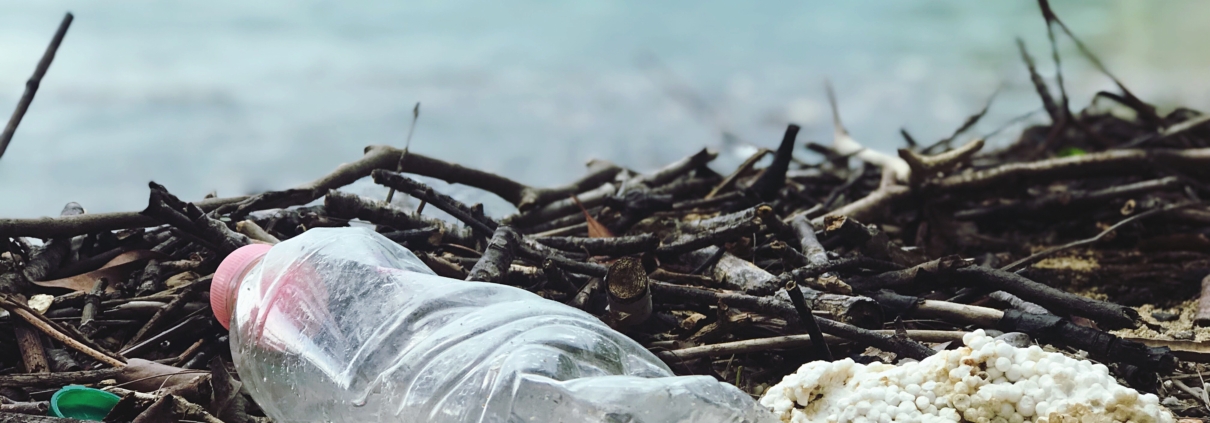A fast-growing Amsterdam-based start-up, The Great Bubble Barrier, has created a barrier (as the name suggests) that uses bubbles to stop plastic waste from entering waterways and to remove plastic from them.
Most Plastic Travels Via Rivers And Canals
Each year, up to 80 per cent of the 8 million tons of plastic reaching the ocean first flow along rivers and canals (UNESCO). The idea behind the Bubble Barrier was, therefore, to create a safe, energy efficient way to stop rivers and canals from becoming plastic highways.
The Bubble Barrier
The Bubble Barrier uses a perforated pvc rubber tube placed diagonally across the on the bottom of a waterway where air is pumped through the tube using electric compressors. The air escaping from the tube’s perforations forms a vertical curtain/screen of bubbles right up to the surface. This diagonal screen across the waterway blocks plastics, directs suspended plastics to the surface, and guides plastic waste to the side and into a catchment system where the plastic waste is retained. The plastic waste can then be easily collected from the catchment system and removed for processing and reuse.
Benefits
The makers say that the benefits of the Bubble Barrier include:
- Versatility. It can be used in a wide range of locations for many river types.
- The bubbles it produces increase dissolved oxygen, thereby benefitting and stimulating the aquatic ecosystem. Increased oxygen levels also stop the growth of toxic blue algae.
- It operates 24/7 without the need for human operators and can be monitored remotely.
- It is safe for fish to pass through.
- Ships can navigate the barrier without obstruction.
- The barrier is extensive – it covers the whole width and depth of the waterway thereby maximising its ability to catch all plastic waste.
Suitable For Many Different Rivers
The Great Bubble Barrier company says that the Bubble Barrier is suitable for use in a variety of river types including:
- Canals 30m wide by 2m deep, with two-directional flow, used for smaller recreational and tourist boats.
- Canals with constant flow in one direction, 30 to 50m wide and 2m to 5m deep with some commercial traffic.
- Larger rivers (5m to 7m wide), from 100m to 200m deep with mostly commercial ship traffic.
- Tidal rivers from 30m to 200m wide with a mixture of traffic.
The Technology
The company says that it has worked for 5 years to develop what it believes to be the best and most energy-efficient solution for using bubbles to trap and remove plastics from waterways. Although the technology behind it is relatively simple, with the main ‘tech’ element being a remote monitoring system, it provides information for research into the impact of microplastics, as well as removing them from the water.
What Does This Mean For Your Organisation?
There are now many ideas for tackling the serious problem of plastic waste and microplastics polluting the world’s water and harming wildlife, e.g. the use of micro-algae to stick to plastic particles and break them down. The beauty of the Bubble Barrier is that it stops plastic waste from reaching beyond rivers, is safe for wildlife and shipping, can be deployed in any river anywhere in the world, and is a highly effective, energy efficient solution. The fact that it uses a combination of essentially simple existing technologies, and the use of bubbles (dissolved oxygen) which stimulate the aquatic ecosystem are also real strengths.
If you would like to discuss your technology requirements please:
- Email: hello@gmal.co.uk
- Visit our contact us page
- Or call 020 8778 7759
Back to Tech News



